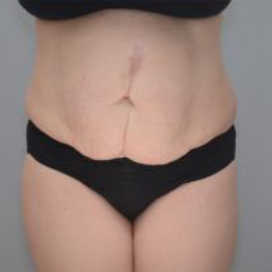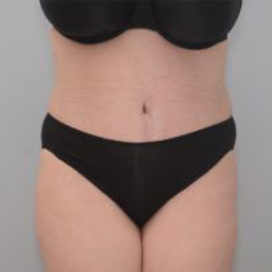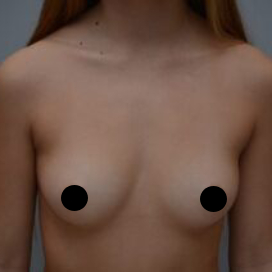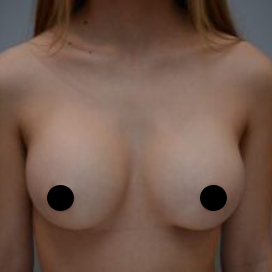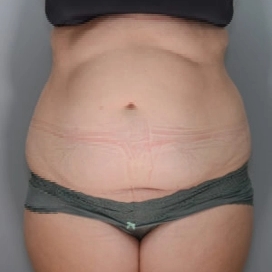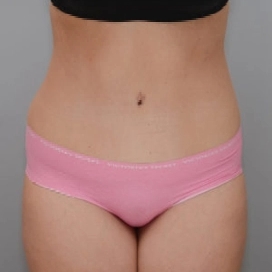The benefits of a breast reduction can be transformative for patients. Those suffering from macromastia, or large breasts, are impacted significantly. I often hear that large breasts can make purchasing clothes, exercising, and even daily activities difficult. Symptoms of macromastia include neck/back pain, grooving along the shoulders and potential rashes along the breast fold. Despite physical therapy and visiting a chiropractor, patients are still greatly affected by this excess tissue.
Every breast reduction surgery includes a breast lift. When consulting about a breast reduction, I typically share how the lift portion of the operation is really providing the majority of the relief. One analogy I frequently make is imagine holding a five pound weight in your hand. It’s easy to hold the weight close to your chest, but if you extend your arms outward, it becomes much more difficult. Breast tissue hangs off the chest so despite it being a minimal amount of weight, the toll it takes on the body is still significant. The entire operation is designed to improve the contour of the breast, the location of the breast on the chest, and preserve the blood flow to the nipple.
For most patients, the biggest downfall of the operation is the amount of scars that result. For breast reductions, there are two main types of incisions. The first incision, the anchor, which is most commonly indicated, goes around the areola, down the breast, and then across the breast fold. The second incision, the lollipop incision, does not include the incision across the breast fold. Thankfully, the incision around the nipple and along the breast fold hide very well. Since the skin on the breast tends to heal well, the vertical incision does typically heal well. Unfortunately, after completing the surgery and setting up the incision to heal as well as possible, the actual healing process is entirely reliant on your body.
After breast reduction surgery, patients express nearly immediate relief for their neck/back pain and other symptoms. By removing excess tissue and repositioning the remaining tissue, the benefits of a breast reduction are evident right away. The recovery for this operation is surprisingly easy with the majority of discomfort typically subsiding within 3-5 days. I do ask patients to refrain from doing any strenuous activity for about a month, but most patients are back to their normal day-to-day within a week.
The best part about breast reduction surgery: most health insurance companies will cover the procedure if it is medically necessary. Our office is well-versed in submitting procedures for prior authorization which typically takes a few weeks. After we receive approval from your insurance company, we are ready to schedule surgery!
